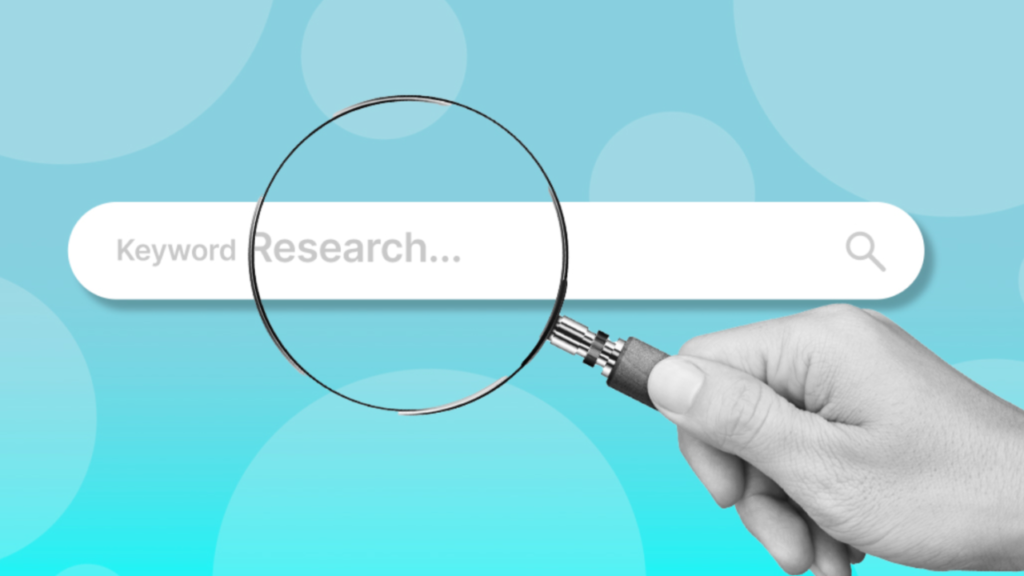SSIS 816 is a tool of Microsoft. That is SQL Server Integration Services, and the ‘816’ refers to the currently available version. From the description above, it is apparent that SSIS assists individuals in handling data.
It transfers data from one location to another, converts it, restructures it, and filters it. Think that you have knowledge of many cabinets (database), and putting everything in a large cabinet large cabinet is necessary. That work is done for you.
Also Read: What is Linuxia: Ultimate Master Guide of 2024
How Did SSIS Start?
SSIS began a long time ago with the release of SQL Server 2005. DTS was Microsoft’s decision tool before SSIS; however, its limited functionality still made it relatively useful. DTS was good, but it’s not powerful enough for today’s world.
Thus, to perform more complicated operations, Microsoft developed SSIS. Thus, over time, SSIS only got better. It has many newer variants, including improved computation and enhanced security features.
The current one launched is SSIS 816, which is more sophisticated than the previous versions. It is faster and compatible with new technologies compared to other games.
Also Read: Editor Benjamin Tech Guru Keezy.co – SEOJUST
What Are the Key Features of SSIS 816?
It comes with a lot of features that make it useful for businesses and developers:
1. Easy Data Moving:
It can transport data from different areas, including databases, files, and cloud storage systems. It is also very simple to attach it to numerous sources of data.
2. Data Cleaning:
This helps in the cleaning of data. For example, suppose you have a list of names. In that case, some are in uppercase while others are in lowercase; SSIS can correct this inconsistency.
3. Quick Processing:
It is intended to function efficiently; this is probably why we know it will be fast. It can process large volumes of data without a problem being encountered.
4. Scalable:
This one can be adjusted accordingly if you have a small or large project. This makes it suitable for small businesses, which are just starting up, and large companies.
5. Strong Security:
It is for this reason that data is viewed as being valuable as well as sensitive. It has a unique security where data can be encrypted, hence protecting it as it is being transmitted.
6. Good for Real-Time Data:
For example, it can do just that in a stock market or after weather updates, which require data as soon as they are produced.
Also Read: Vy6ys: What is this Multifaceted Concept Shaping 2024?
What Are the Reasons for Companies to Use SSIS 816?
Many businesses apply it since data management becomes much easier with the help of such a program. Here are some common uses:
1. Data Migration:
System migrations are quite complex as they transfer data from one system to another. It assists in ensuring that this process is not stressful and can be carried out in the shortest time possible.
2. Building Data Warehouses:
There are always cases when a company has to store data of its different types in one location. It can acquire this data and clean as well as format it for analysis purposes.
3. Reports and Analysis:
A number of business-related decisions require a report. It ensures that all data are repetitive and recent to provide accurate and efficient reporting of results.
4. Automating Tasks:
It is useful for automating tasks such as daily backups. This is cost-effective as it saves time and avoids cases of mistakes.
How Does SSIS 816 Work?
Using it, the builder employs some sort of drag-and-drop functionality to create workflows. You guys don’t need to enter huge blocks of code. It is as if you choose tasks from a toolbox and then integrate them into one whole.
Each block is used for a particular purpose and can read from somewhere, process data, or write from another place.
1. Control Flow:
This may resemble or be analogous to an instruction plan explaining to SSIS what actions to take next. For example, “Initiate from reading data from the database, secondly conduct data cleaning process and thirdly store it to another location.”
2. Data Flow:
This clarifies how data is operationalized and transformed in the analysis process. It provides a link between sources and destinations.
3. Event Handlers:
These are exceptional behaviors that occur when something particular takes place. For instance, the event handler can send an alert if an error occurs while processing.
Also Read: What is a Clear Tech Coaster? | Everything You Should Know
Advantages Over Previous Versions
SSIS 816 has many improvements as compared to prior releases. It is fairly easy to use compared to most programs, making facing the challenge easier. It also has the advantage of improving efficiency, especially through the data processing rate.
It also embodies new measures for error propagation, which aids in identifying errors and participating in their correction. The version also embraces additional data sources and new data types, including JSON and XML.
Also Read: What is TraceLoans? Everything You Need to Know
Examples of SSIS 816 in Action
- Healthcare: A hospital can use it to manage patient records. It doesn’t matter which department submits data to it. This assists the doctors to make informed decisions in a shorter time.
- Retail: It can be used by a store chain to see the state of commodity inventories in various stores. The computerizing can also ensure that if one store completes it, the mechanization will prompt more chips to be bought.
- Finance: Some of the benefits include the fact that banks can use it when updating their systems in real-time. When a client makes a transaction, the system recognizes it immediately, and this assists in reducing fraudulent activities.
How to Set Up SSIS 816?
The use of SSIS 816 is easy to get started with: The first prerequisite that you have to install is the SQL Server Data Tools (SSDT). This is the software where you create, apply, and manage all your SSIS packages.
- Download SSDT: Now go to Microsoft’s website and download this tool.
- Create a New Project: Now you have to open the SSDT and start a new Integration Services project as mentioned below.
- Build a Package: Just use the toolbox on the top of the screen to drag something like “Read Data” or “Write Data.”
- Test Your Package: Find out whether or not the plan comes out as expected. But if there are mistakes, SSDT will display them so you can rectify them.
- Deploy and Run: Once your package is ready, you can compile it on any server and install it, and it goes automatically in a time-based manner.
It would be even better if someone wanted to be employed in this relatively new sector of the economy. It will also continue to support more data sources and fit even into cloud services with more updates. Microsoft may also incorporate additional features that rely on artificial intelligence (AI) to improve data processing efficiency.
Comparing SSIS 816 with Other Tools
Even so, a variety of tools are considered competitors, such as SSIS 816, Talend, Informatica, and Apache Nifi. Each has its strengths:
- Talend: Safe for integrating clouds and open-source policies effectiveness.
- Informatica: This is a tool whose features are known to be very powerful, although if may be rather costly.
- Apache Nifi: It is quite suitable for managing the stream of real-time data and might not support some components of SSIS.
FAQs About SSIS 816
1. What is SSIS 816?
SSIS 816 is a new release of Microsoft, and its full name is SQL Server Integration Services. It assists in mobilizing, sanitizing, and integrating data from various sources into one location.
2. How is SSIS 816 different from older versions?
It is more advanced in data transformation than SSIS’s previous versions, performs better, and presents enhanced security. It also supports new data types.
3. Can I use SSIS 816 with cloud platforms?
Yes, there is compatible integration of SSIS 816 with cloud operating systems, including Azure, AWS, and Google Cloud. It can work with both on-premise and cloud-based data.
4. Is SSIS 816 easy to use for beginners?
Yes, as has been noted, SSIS 816 is fairly simple to learn because it has been designed to have a user interface that comes in the form of a drag-and-drop. You don’t have to write complex code to create your workflow.
5. What are the common uses of SSIS 816?
It is applied to data transfer, creation of datamarts and data warehouses, scheduling of routines, and real-time data integration. It assists businesses in effectively dealing with the data collected from customers.
6. How do I get started with SSIS 816?
First, you have to download the SQL Server Data Tools (SSDT), create a new project, and use the methods of creating projects to build data packages through a point-and-click method and test your data packages.
Wrapping Up!
The data integration work is effectively handled by SSIS 816 and is also easy to implement. It assists industries in handling, washing, and reshaping data from different origins. For any organization looking to manage its data better, this is one of our best choices, given its strength, security, and scalability.
The use of data in decision-making is becoming increasingly significant, and this means that tools such as SSIS 816 will remain popular in the market.




